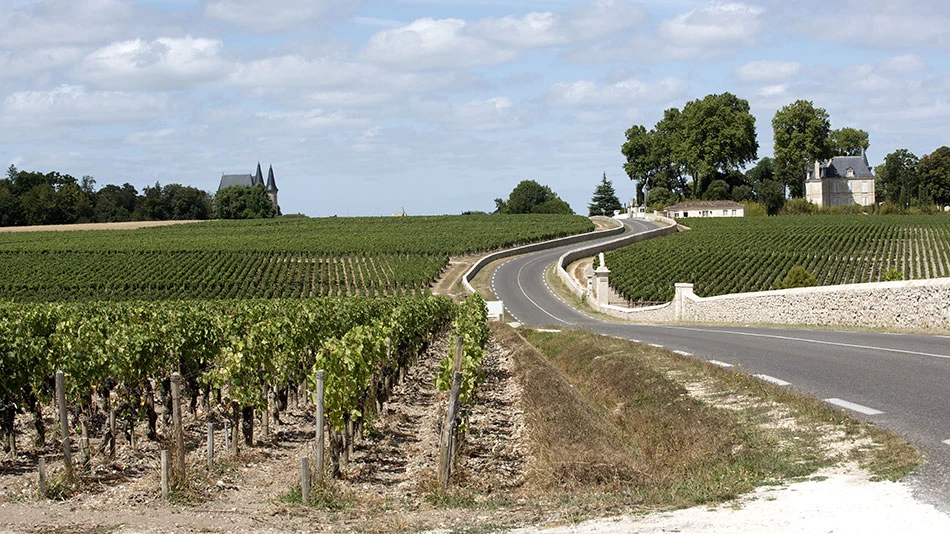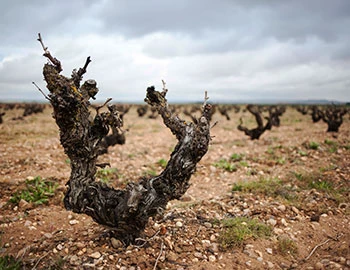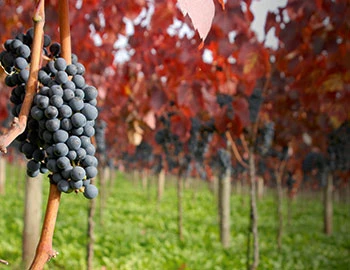St-Julien
Saint-Julien: in the heart of the Médoc
Although Saint-Julien often stands somewhat in the shadow of the neighboring Pauillac and Margaux appellations, wines from this region promise the best Médoc characteristics. It is also the communal appellation that is the most clearly and compactly structured. The area resembles a square, with sides roughly four kilometres long and an area of 900 hectares. The eleven crus classés occupy 75 percent of this area. Nowhere else in the Médoc does the grand cru classé occupy such a large share of the total vineyard area.
Red wines from St-Julien
With Pauillac in the north and Margaux in the south, the crus of Saint-Julien combine the noble qualities of these two prominent neighbouring regions. A successful Saint-Julien thus embodies both the power of Pauillac and the delicateness of a Margaux growth.
Saint-Julien represents a prime example of how meaningful and detectable to the senses the structure of the communal appellations of the Médoc is. Thus the finesse and delicateness of nearby Margaux is evident in the crus from the south of Saint-Julien, near the village of Beychevelle. In the north, on the other hand, where Saint-Julien directly borders Pauillac, and the vines are rooted in the same loamy soil, wines also demonstrate the almost legendary strength of Pauillac.
Top sites on the Gironde
With eleven crus classés and an area of just 900 hectares, the proportion of prestigious wines is higher here than anywhere else in the Médoc. The best sites in the appellation are located in the immediate vicinity of the Gironde, where the typical gravel banks are found, guaranteeing good drainage. Here, Cabernet Sauvignon is able to express its best qualities. Thus, it shapes the assemblages in this eastern part of the appellation, with a proportion of usually over 65%. In addition, the Gironde, which reaches nearly three kilometres wide here, has a moderating influence on the climate. It mellows both the high temperatures in the summer and the lows in the winter. The danger of late frosts here is therefore low.
In the west of the appellation, where the soils are far sandier and the climate a bit cooler, the somewhat earlier-ripening Merlot yields excellent results.








